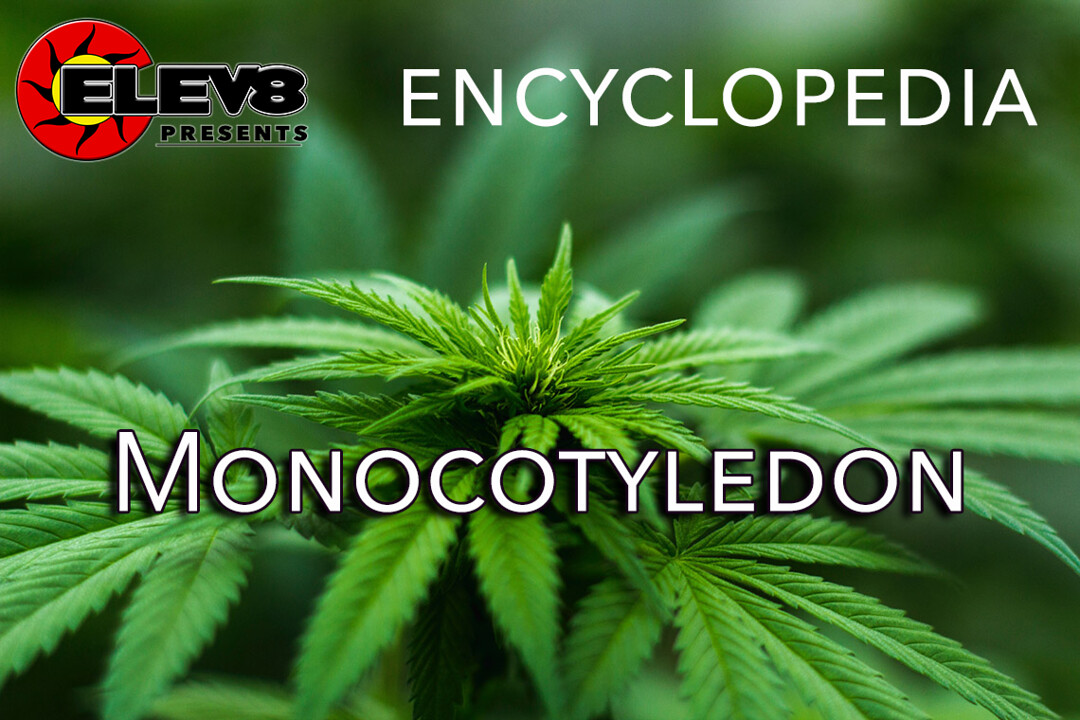What does Monocotyledon mean?
Monocotyledons refer to plants that are only equipped with one cotyledon, a vital part of the embryo that is normally found in the seed. Monocotyledons tend to flower in multiples, most often in threes. Consequently, these plants commonly have three, six, or nine petals. Some monocotyledon plants are also equipped with sepals that produce flowers.
A monocotyledon is may also be known as a monocot.
More On Monocotyledon
Monocots do not have a vascular cambium, that is, the secondary vascular tissue. As a result, no secondary thickening will occur during the plant’s lifespan.
Another characteristic of monocotyledon plants are their adventitious roots that have the ability to grow from just about plant part including the stem, because monocotyledon plants encourage root spurts when their parts come into contact with the soil.
The most common example of monocotyledon plants include garlic, onions and spiderworts. In fact, spiderworts have leaves that tend to run parallel to each other. They also display flower parts in threes.







